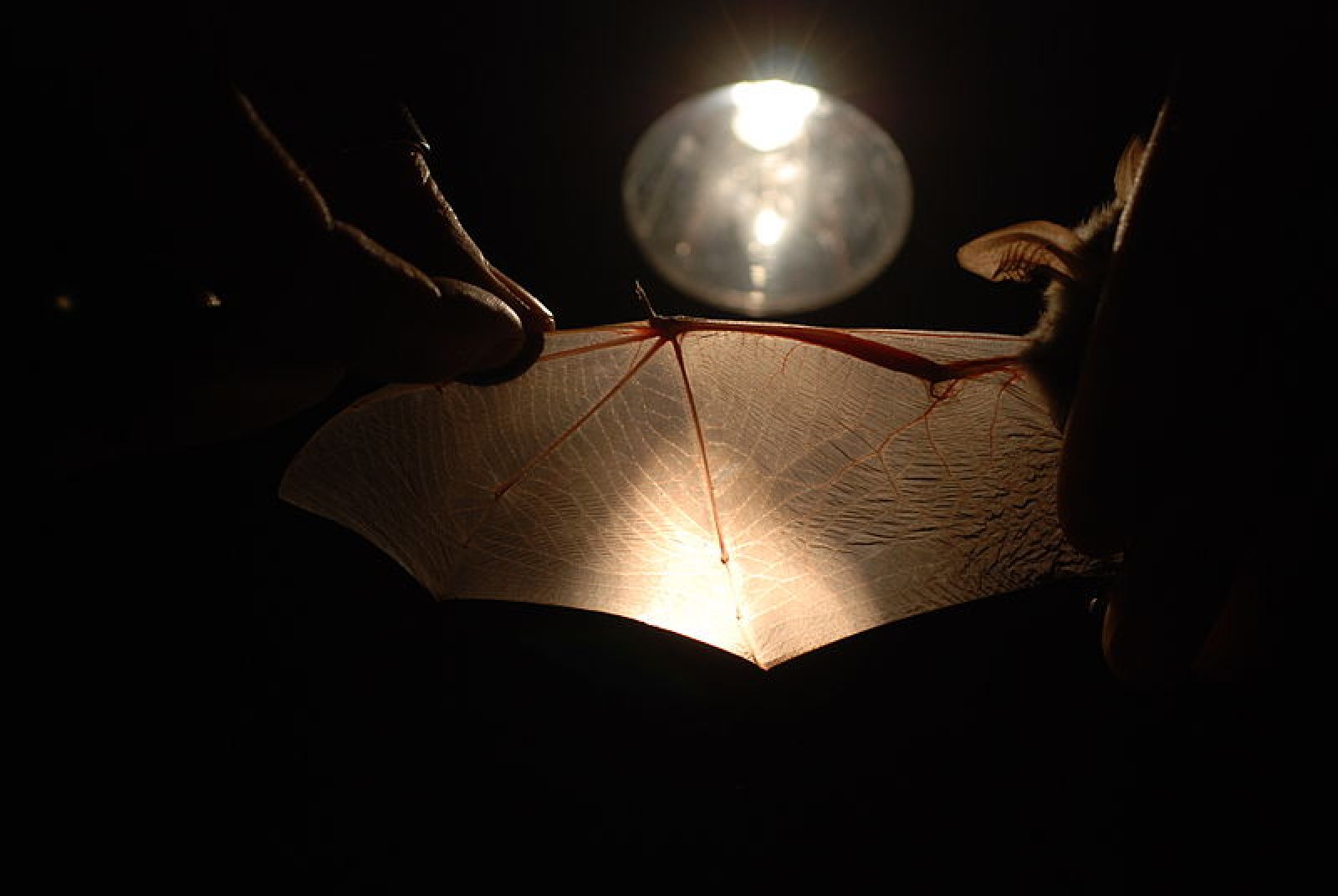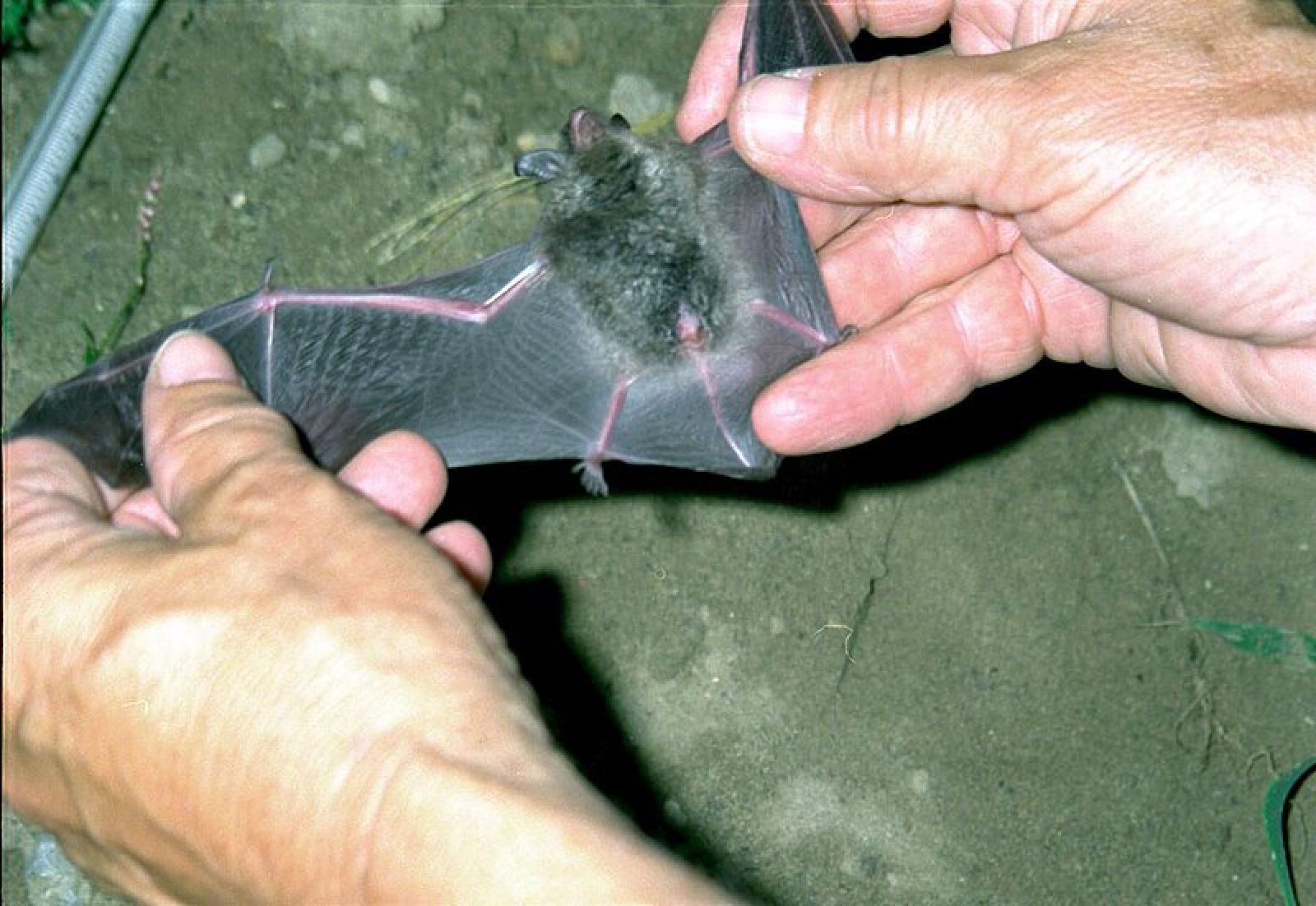Why are bats condemned to fly? 🦇
Follow us on Google News (click on ☆)
Bats, with their ability to adapt to various lifestyles, from blood-sucking vampires to pollinators of tropical flowers, show impressive behavioral diversity. However, the absence of flightless bats, unlike birds, intrigues scientists.
The research, published in Nature Ecology and Evolution, reveals that in bats, wings and legs evolve in a coupled manner, unlike birds where these limbs evolve independently. This discovery suggests a limitation in bats' ability to adapt to new ecological roles.
The research team measured the wing and leg bones of 111 bat species and 149 bird species. They found that in bats, changes in wing shape are accompanied by similar changes in the legs, a correlation absent in birds.
This study also raises questions about the evolution of pterosaurs, extinct flying reptiles. Their evolutionary success, despite membranous wings similar to those of bats, remains a mystery.
Researchers continue to explore the evolution of bird skeletons, seeking to understand why and when their wings and legs began to evolve independently. This independence could explain their evolutionary success and their ability to occupy a wide range of ecological niches.
This research opens new perspectives on the evolution of flying species and the mechanisms that allow some to adapt to a variety of environments and lifestyles.
Why don't bats have flightless representatives?
The research suggests that the coupled evolution of wings and legs in bats limits their ability to adapt to non-flying lifestyles. Unlike birds, where limbs evolve independently, this interdependence in bats could explain the absence of flightless representatives.
This evolutionary limitation could be due to the need for bats to maintain an optimal body structure for flight. Birds, on the other hand, have been able to diversify their lifestyles by independently adapting their wings and legs to different functions.
The study of bats thus offers a unique insight into the evolutionary trade-offs necessary to master flight, while limiting diversification in other ecological niches.
How did pterosaurs achieve such diversity?
Pterosaurs, extinct flying reptiles, exhibited impressive diversity, ranging from small insectivores to giants the size of a giraffe. Their evolutionary success, despite membranous wings similar to those of bats, intrigues scientists.
One hypothesis is that pterosaurs developed unique evolutionary mechanisms allowing greater flexibility in the adaptation of their limbs. This could include independence in the evolution of wings and legs, similar to that observed in birds.
Understanding these mechanisms could shed light not only on the evolution of pterosaurs but also on that of other flying species, offering clues to the conditions necessary for successful ecological diversification.

